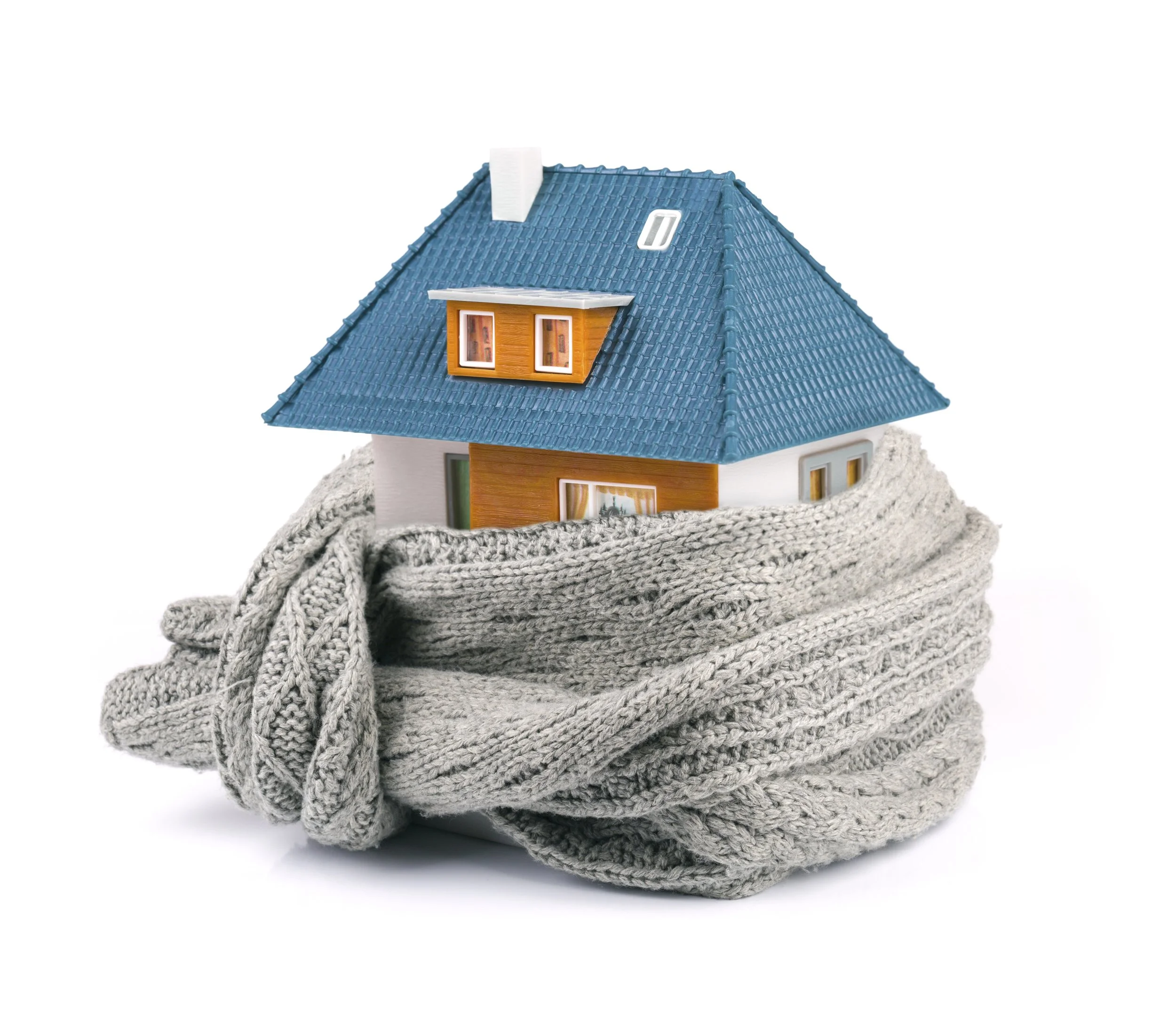David on picking up a good heater
Published 31 March 2021
Ultimately, a heater needs to deliver warmth to where you sit or sleep, but there is plenty of science and technology behind how they work that can be confusing.
This simple explanation of how heaters work and the differences between some popular options should help you work out what heating is best for you, your budget and your energy use this winter.
All portable electric heaters convert one Watt (W) of electricity to 1W of heat. Or ‘1-to-1’ in heater tech-speak. Therefore, effective heat distribution is what makes all the difference, otherwise you’re paying to warm the spiders on the ceiling!
Sustainability Trust has some great options for eco-friendly home heating, from full home (central or ducted), floor or wall mounted heat pumps, and standalone heaters. Radiant heaters are a good option for room-specific heating at a lower price point than heat pumps or wood burners, or as a supplement to existing fixed heating.
Atlantic Solius heaters deliver 70% radiant heat and 30% convection. Radiant heat, like the sun, is most ideal since it heats the surfaces around you. It distributes heat at floor level for longer meaning you get your money’s worth by feeling warmer sooner.
An alternative to the Solius is the Kent micathermic heater. These heaters provide a combination of radiant (20%) and convection heat (80% – heating the air), distributed three ways: out both sides as well as above the unit. It’s the sideways radiant heat that gives the micathermic units an edge over regular oil column heaters. They are portable and also feature a thermostat to regulate the desired temperature.
If you want to keep your old oil column heater, consider using a small desk fan to re-circulate warm air that has settled around the ceiling. This prevents ‘heat stratification’. Small fans are cheap to run.
Here are some other useful reminders and tips to help navigate the world of radiant portable heaters:
Be careful around the terms ‘efficient’ and ‘economical’. Remember, all portable electric heaters convert ‘1-to-1’. Efficiencies are achieved instead:
If heat can be distributed at floor level so you feel warmer quicker
By using a thermostat to maintain a comfortable temperature without the heater running continuously
Some heaters may be considered economical because they cost less to buy; others because they draw little electricity for equally little heat but an undersized heater will not keep you warm. For a medium-large room (60-100 cubic metres), aim for 2000-2500W output. Know the Wattage before purchasing.
As a general rule, aim to heat a room to at least 20 degrees C to reduce the risk of any illnesses linked to cold, damp housing. Your own comfort level is specific to you, but the higher you set your thermostat temperature, the more the heater will be running. A 2500W heater will cost 70c per hour, running continuously (28c/kWh).
Observe how often the thermostat on your heater switches off and on across an hour and adjust accordingly.
Finally, make life easier for your heater. Get home insulation up to standard, block draughts around windows and doors, and install double-lined curtains – preferably floor length.
Warm regards, David.


